5 Basic Pantry Sauces & Pastes You MUST Have In Your Kitchen
These easy-to-buy sauces are cheap, versatile, and super essential to your kitchen pantry.
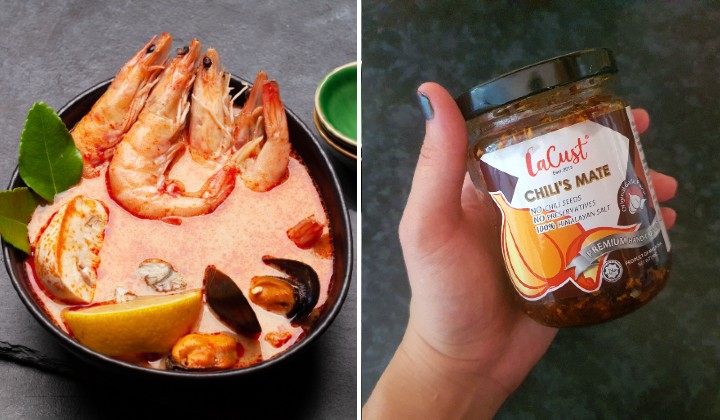
Subscribe to our Telegram channel for the latest stories and updates.
Most Malaysian kitchens have a full pantry, and for new cooks it’s really kind of daunting. But not to worry– whether you’re first moving out to a new place on your own, or just want to start cooking on your own for the first time, this guide should be useful in kickstarting your kitchen.
This time, we’ll be focusing on essentials. These are items that will need to pull double-duty and work well in any scenario. Here, versatility and ease of use is key. Most can be used for stir-fries, and some can even double as soup bases.
(This list is entirely subjective, but I’d like to think that some suggestions are at least agreeable.)
1. Tomyum Paste
Despite being Malaysian, the top essential sauce that I’d recommend is actually pre-made tomyum paste. They tend to already have enough flavour on their own that you only need to add dashes of soy sauce or salt to taste.

(Credit: Envato)
Want it wet? Add a spoonful of paste to water for a quick soup. Want steamboat? Add more water together with meat, veggies, and frozen steamboat ingredients for a super quick “steamboat tomyum soup”. (This is also a fantastic way to clear out your fridge.)
Want it dry? Prepare your stir-fry ingredients then add a spoonful of tomyum paste straight in the pan together. Want tomyum fried rice? You can add it at the end of your fried rice or simply add the sauce together with rice water before the rice cooks.

(Credit: Anne Dorall/TRP)
I’m lucky enough to get my tomyum paste made by family, but otherwise, there are plenty of pre-made tom yum pastes you can buy at the store.
2. Chili Oil Topping
The Japanese have furikake, the Chinese have chili oil toppings. Both go exceptionally well on rice: in fact, they make it possible to eat plain rice with toppings on its own.
However, chili oil does much more than just go well on rice. The Chinese chili oil also adds a new dimension to clear soups or soup noodles, or works great as a dip for dumplings or nuggets.
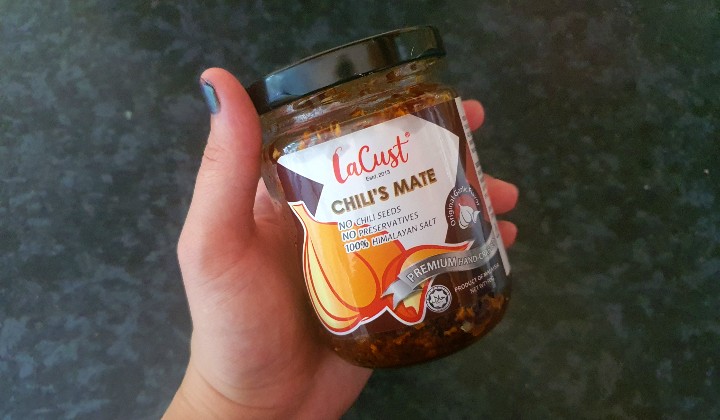
(Credit: Anne Dorall/TRP)
And most importantly, you can cook with it: spread a layer over a block of silken tofu after steaming, beat it into scrambled eggs, or add it into stir-fry.
I prefer this local brand LaCust that you can get from Jaya Grocer, but you can also give the world-famous Lao Gan Ma a shot. (Thanks, John Cena!)
New day of filming = new jar of Lao Gan Ma for @JohnCena! This was taken on John’s first day of shooting fight scenes for Project X in Beijing! pic.twitter.com/jps3MjRsRf
— JohnCenaCrews™ (@JohnCenaCrews) November 14, 2018
3. Sambal
There are plenty of different kinds of sambal out there but really, the best way around it is to find a kind of sambal that suits you best.
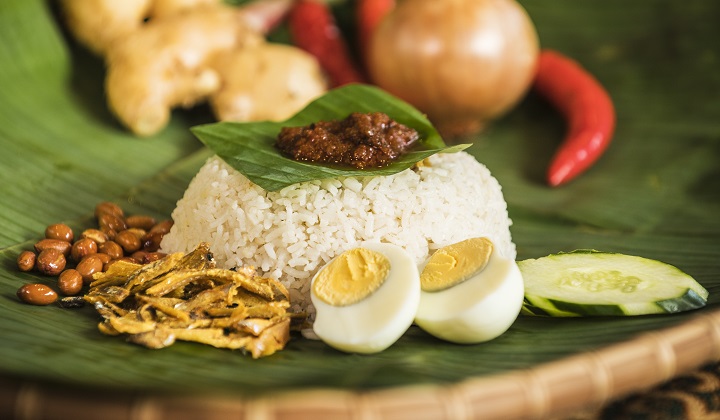
(Credit: Tourism Malaysia)
I doubt sambal requires much in the way of an explanation. Use it with rice, noodles, or cooking: much like the chili oil topping, sambal is extremely versatile and can be eaten on its own or paired with ingredients in cooking.
Sambal in general goes extremely well with rice and simple dishes like fried fish so that the sambal gets a chance to show off.
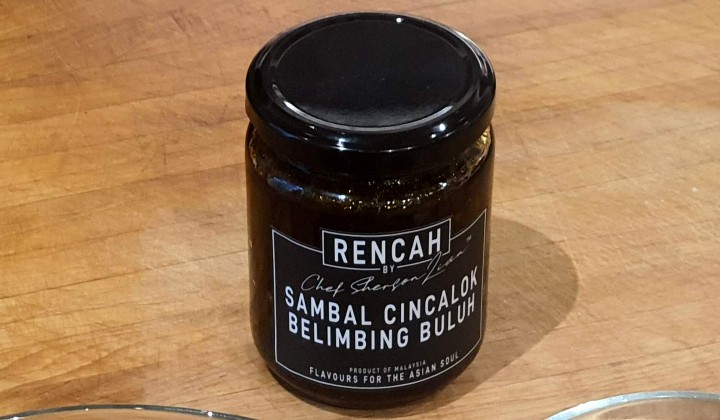
(Credit: Anne Dorall/TRP)
I personally am obsessed with the Sambal Cincalok Belimbing Buluh from Chef Sherson Lian’s line of Rencah pastes. It’s a black sambal with earthy and deeply savoury tones from the cincalok, perfect with seafood.
READ MORE: M’sian Cooking For Dummies: 4-Ingredient Udang Sambal Petai To Cook At Home
4. Black Pepper Paste
Black pepper sauce, in my opinion, is quite underrated. It’s a very versatile sauce, but truly shines when paired with noodles. (I can imagine this would raise some eyebrows.)
Stir-fried black pepper spaghetti is a popular dish in Hong Kong and easily recreated with black pepper paste. If that’s not your thing, try adding it to any dry noodle dish for an elevated flavour.
Additionally, it’s also a crowd-pleaser sauce when stir-fried with meat and veggies, too. Like the other pastes, just add salt to taste.

(Credit: Anne Dorall/TRP)
Personally, I am partial to the black pepper sauce from Lee Kum Kee because of its thick texture, but there are other brands that you can try.
5. Korean Gochujang
Even if you’re not a Korean fanatic, Korean Gochujang is just one of those pastes that really makes life easier.

(Credit: Envato)
Much like tomyum paste, it works as soup (or you might know it better as Korean Army Stew), as a base for stir-fried vegetables or meat, or even mixed directly with rice (you might also know this better as bibimbap).
Additionally, you can use Korean Gochujang to add more flavour to store-bought kimchi to really hit that Korean vibe.
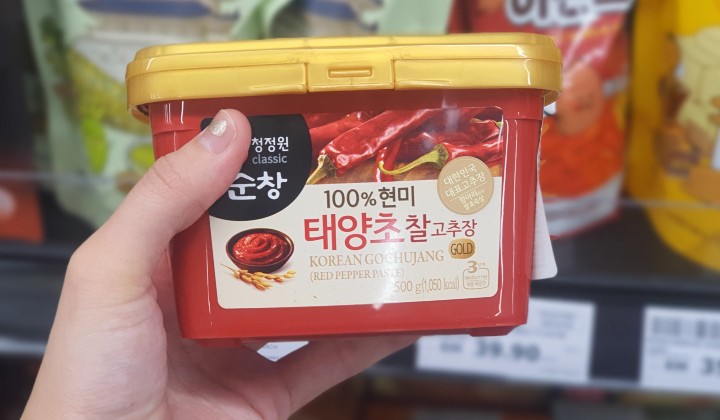
(Credit: Anne Dorall/TRP)
The fun thing about these pastes is that they definitely lend a lot strength to your cooking, so even if you experiment and don’t follow a recipe, your food will still taste pretty dang good.
So don’t worry about following recipes directly and just try a few of these for yourself!
Have you tried any of these pastes? Share your thoughts with us via TRP’s Facebook, Twitter, and Instagram.
Anne is an advocate of sustainable living and the circular economy, and has managed to mum-nag the team into using reusable containers to tapau food. She is also a proud parent of 4 cats and 1 rabbit.

